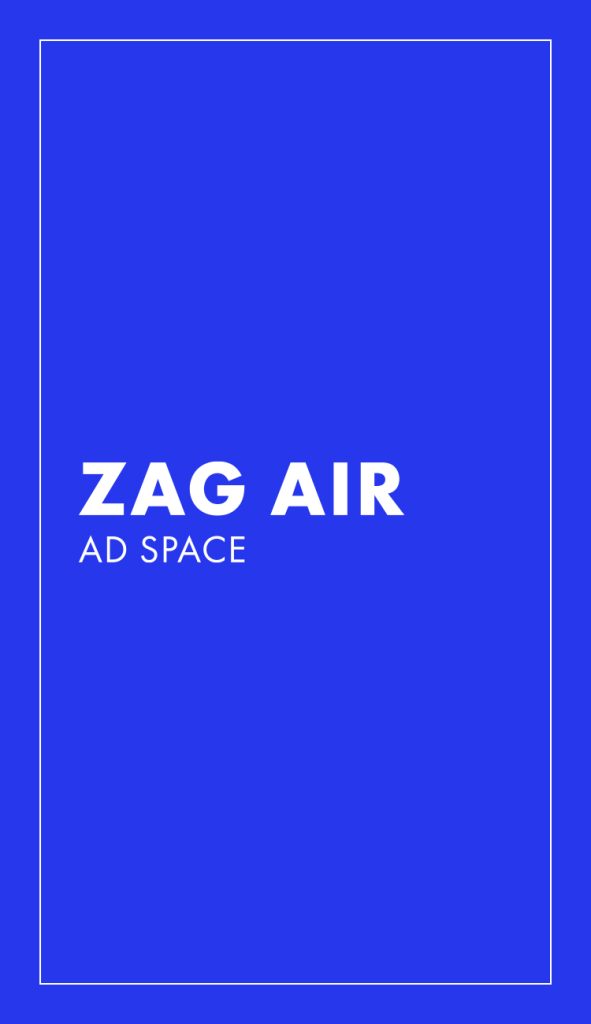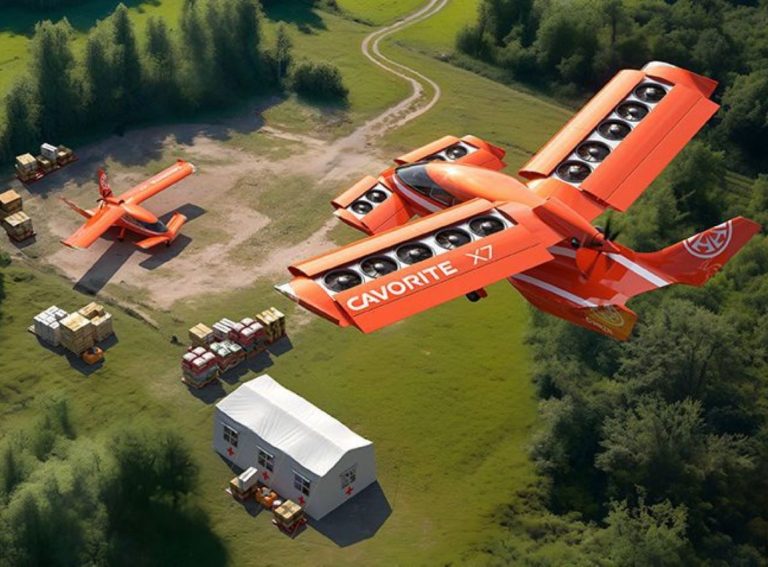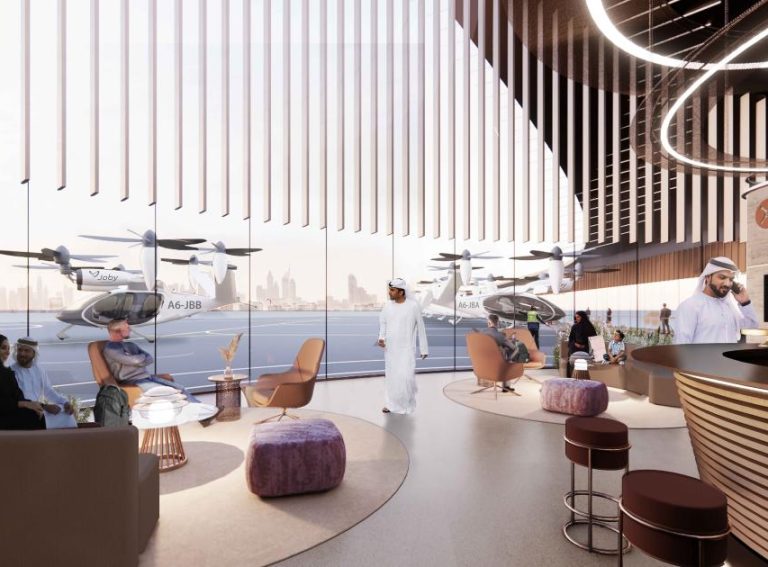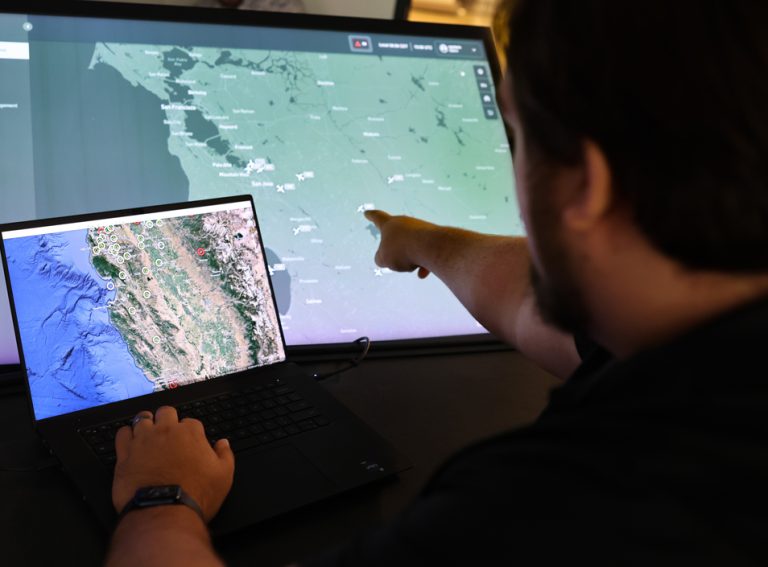NASA has built a custom virtual reality flight simulator to collect data on air taxi rides using human test subjects.
Reality visuals, physical motion cues, and spatialized rotor sounds are combined in the laboratory to create an immersive air taxi passenger experience.
Researchers can then use this data to understand turbulence and passenger comfort during air taxi rides, and supply it to AAM players who can consider it when designing new passenger-friendly aircrafts.
AAM players can then consider this research when designing new passenger-friendly aircrafts.
“This simulator is an electrically-driven multi-axis platform capable of six degrees of motion to help simulate the motions of a typical electric air taxi,” NASA test pilot Wayne Ringelberg told Zag Daily.
“It has one passenger seat and it will run pre-recorded, simulated flight paths like those an urban air taxi may fly on a transport trip. To provide immersive visuals, the occupant will wear a high-definition virtual reality headset that will simulate the view a passenger would have during an actual flight.”
The data will come from the passenger’s evaluation of their experience during several typical flight scenarios, and this will be collected through questionnaires and comments during the study.
Wayne recently completed a series of test rides in the simulator to finalise adjustments before human subjects participate in the study later this year. His simulated air taxi ride saw him take off from a conceptual vertiport in San Francisco and land on another vertiport.
The space agency now aims to complete at least two human subject passenger studies per year at NASA’s Armstrong Flight Research Center, with each study lasting several months and requiring dozens of passenger entries into the simulator.
The studies are managed under NASA’s Advanced Air Vehicles Program in support of its Advanced Air Mobility mission which aims to guide development of electric air taxis and drones. NASA anticipates that the simulator experiments will inform the AAM community about the usual motions to expect from air taxis, and encourage greater uptake of this technology.
“Prior studies dating back to the 1970s for airline travel have shown the importance of comfort level in passengers choosing to fly. If passengers don’t find their initial AAM experience comfortable, they may choose other methods of travel,” NASA Researcher Curt Hanson said.
“The results of this NASA study can help eVTOL manufacturers and AAM operators develop aircraft and flight paths that contribute to a positive passenger experience and a base of repeat customers.”




